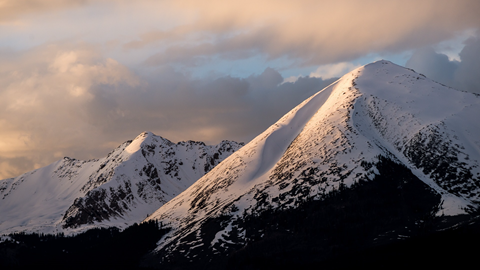From the Editors at OutdoorEd.com:
Diversity & Inclusion must be fundamental aspects of all outdoor education programming. As a field we always bring values to the forefront in taking our clients and participants into the outdoors to challenge themselves and and engage in self-discovery. We also need to engage in our own self-discovery about what it means to be part of a diverse world and we need to do better about being more inclusive to those who don’t currently see the outdoors as a space for them.
This document from NOLS is from the Wilderness Risk Management Conference and is reproduced with permission from WRMC and the authors. It’s a great set of activities that focus on diversity and inclusion for you to utilize with your participants and staff. Click on the link to download the PDF.
Why do we care about Diversity & Inclusion at NOLS?
- Our mission: Inclusion intersects with our mission of serving people, serving the environment (see below), and teachin leadership.
- Our core values: Community is one of our core values. To build community, you need to be inclusive.
- Survival: NOLS is an international school, and NOLS courses are becoming more culturally diverse (especially with the expansion of our scholarship and local educator program). By 2042, people of color will be a majority in the U.S. For this reason we need to be inclusive in order to stay relevant in an increasingly diverse world, and to achieve good student outcomes with increasingly diverse NOLS courses.
- Classrooms: If we are to protect our wilderness classrooms, voices from an increasingly diverse constituency must be heard. To instill passion for our classrooms, we need our diverse student body to have a positive experience in the outdoors.
- Learning and education: More diversity means wider perspectives, more creativity, and more thinking out of the box when problem-‐solving.
- Ethics: Inclusion is the right thing to do! The seven NOLS leadership skills help us achieve our objectives as a team, but inclusion adds a values-‐based filter to the process that enhances the team’s experience. So not only will we reach our objectives, but we will do so in a way that embraces our differences.
- Leadership: A good leader is inclusive. Furthermore, our mission is to be the leader in our field and to educate the leaders of today and tomorrow. As an organization, we must embrace inclusion to remain the leader in our field.
Where does inclusion fit into our curriculum?
This Briefing Guide, along with the updated handout on Leadership at NOLS, future updates to the LEN, and formal Cultural Competency Seminars for field instructors, will help us make inclusion a more integral part of our leadership curriculum.
You will see on the Leadership at NOLS handout that inclusion shows up just about everywhere: including under designated leadership, self-‐leadership, expedition behavior, competence, and self-‐awareness. But for inclusion to “stick” as a curriculum piece and make sense to students as part of our current leadership framework, we encourage you to talk about inclusion as an integral part of good expedition behavior.


